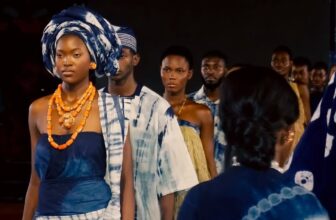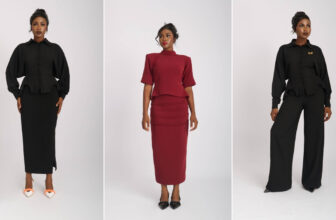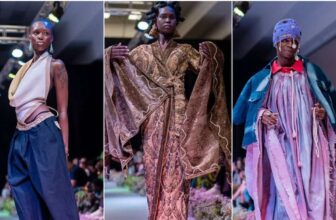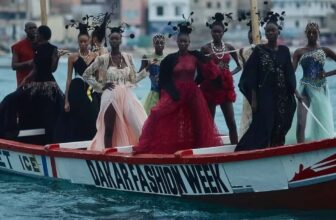African print is part of our everyday life. With it popularity in the global fashion, one do not need to question it significance in the sartorial life of Africans. It’s something we can’t live without, but it has come a long way. Do you know how it has evolved over the years? We delved deeper to find the most interesting facts about African prints that we’re now enjoying today. Continue reading below and share your thoughts in the comments:
#1. African print, popularly known as Ankara was formally known as Dutch wax print, Real English Wax, Veritable Java Print, Guaranteed Dutch Java, Veritable Dutch Hollandais.
#2. African print was originally manufactured by the Dutch for the Indonesian textile market. But, by mistake or design, these prints garnered significantly more interest in West Africa than in Indonesia. Recognizing this opportunity, the Dutch decided to focus on West Africa. As such, the prints changed to reflect African culture and lifestyle more.
#3. Based on the fact above, the origin of African print is not associated with any African country, but rather, European. That being said, the material is primarily associated with Africa mainly because of the tribal-like patterns and motifs.
#4. African prints made an entrance into West Africa through Gold Coast now Ghana, where they became symbols of high quality and fashion. From the Gold Coast, these fabrics spread into other West and Central African markets.
#5. In the 19th century West Africans embraced the fabric, using and assimilating them into societies as a part of culture and self-expression, which now turn out to become a spectacular African heritage.
#6. Since the origin of African print is complicated and the design is the product of so much cultural appropriation and re-appropriation, no country or manufacturer has come out to claim a copyright.
#7. Up until the 1960s, most wax prints sold in West Africa were being produced in Europe. Even when these textiles were manufactured in the continent afterwards, the companies that manufacture them are largely not owned by Africans.
#8. Ghana is said to be a home to several fine and high quality wax print manufacturers including Woodin, a subsidiary of Holland’s Vlisco and ATL which is a subsidiary of Manchester-based ABC textiles.
#9. Chinese manufacturers came into West African textile markets through African traders who had traveled to regions in China such as Shandong to reproduce fabric samples cheaply, which were to be sold in their respective countries.
#10. After the successful entrance of Chinese textile manufacturers and the acquisition of manufacturer based in Manchester by Chinese company, Ankara fabric became one of the cheapest traditional fabrics. For instance, other African fabrics like Aso Oke are reserved for special occasions, but Ankara is used for everyday wear.
#11. African prints with European brand names are the most expensive in the West African fabric market. Think brand like Vlisco, which is a symbol of class. And of course the only European-owned producer of wax prints.
(Sources: Muse Origin, Beyond Victorian, Slate)
[ws-facebook-likebox url=”https://www.facebook.com/FashionPoliceNg?ref=hl” width=”500″ height=”500″ show_faces=”true” show_Header=”true” show_border=”false”]
[otw_shortcode_button href=”https://twitter.com/fashionpolicing” size=”medium” icon_position=”left” shape=”round” target=”_blank”]Follow us on Twitter![/otw_shortcode_button]






